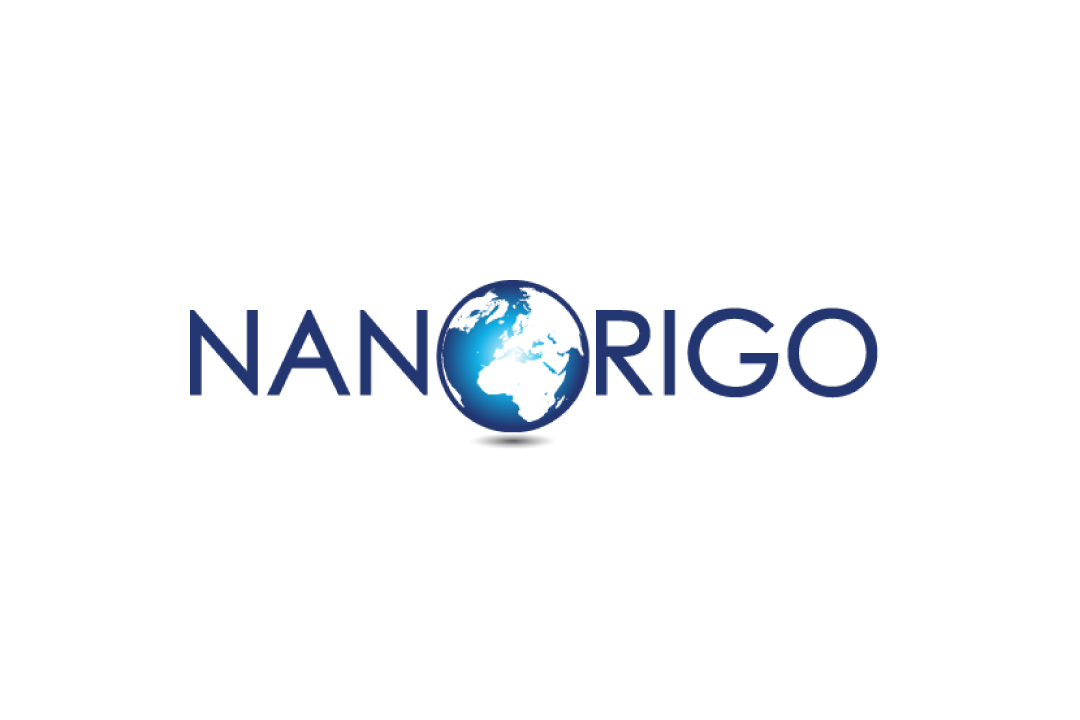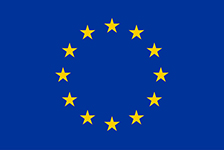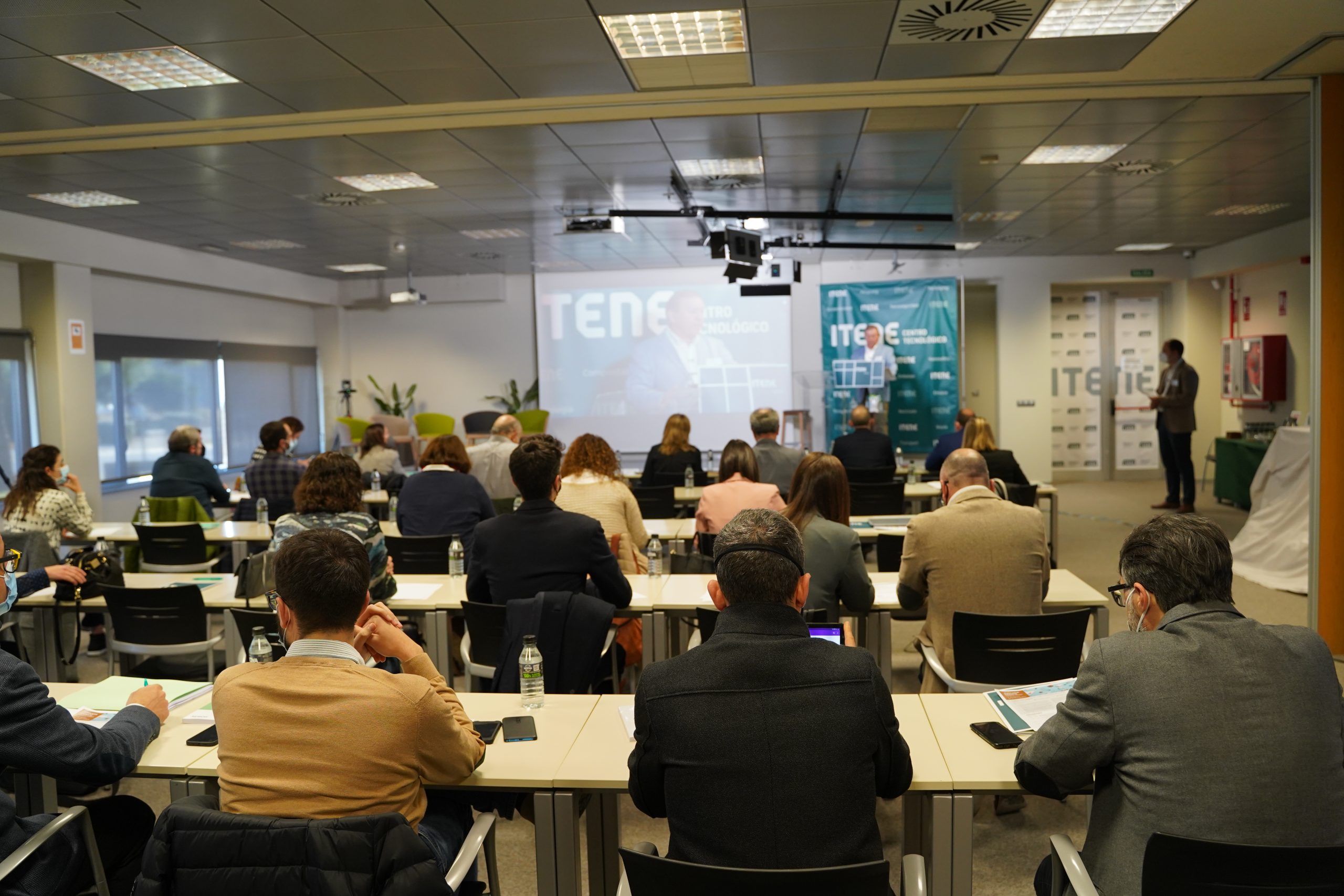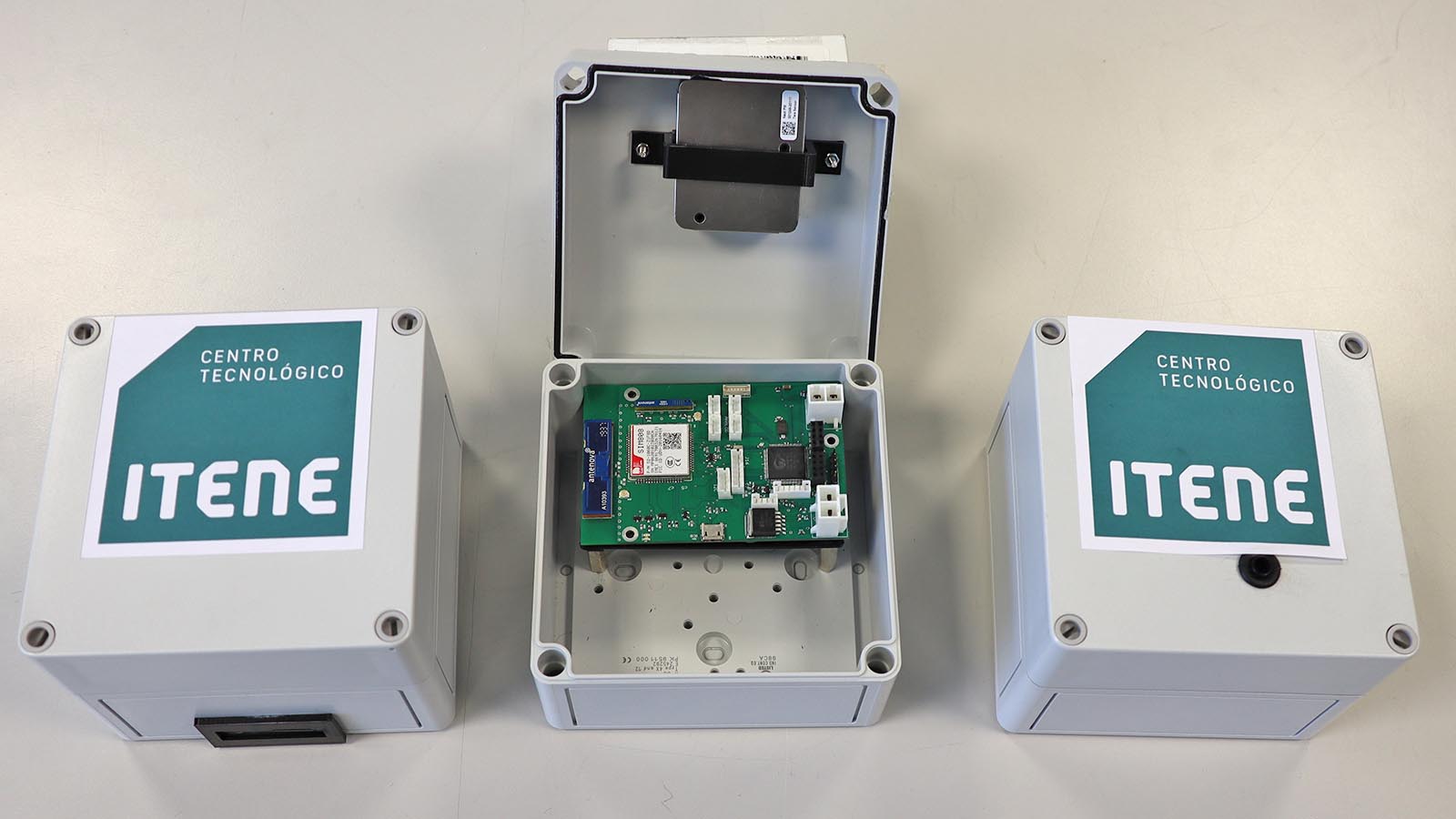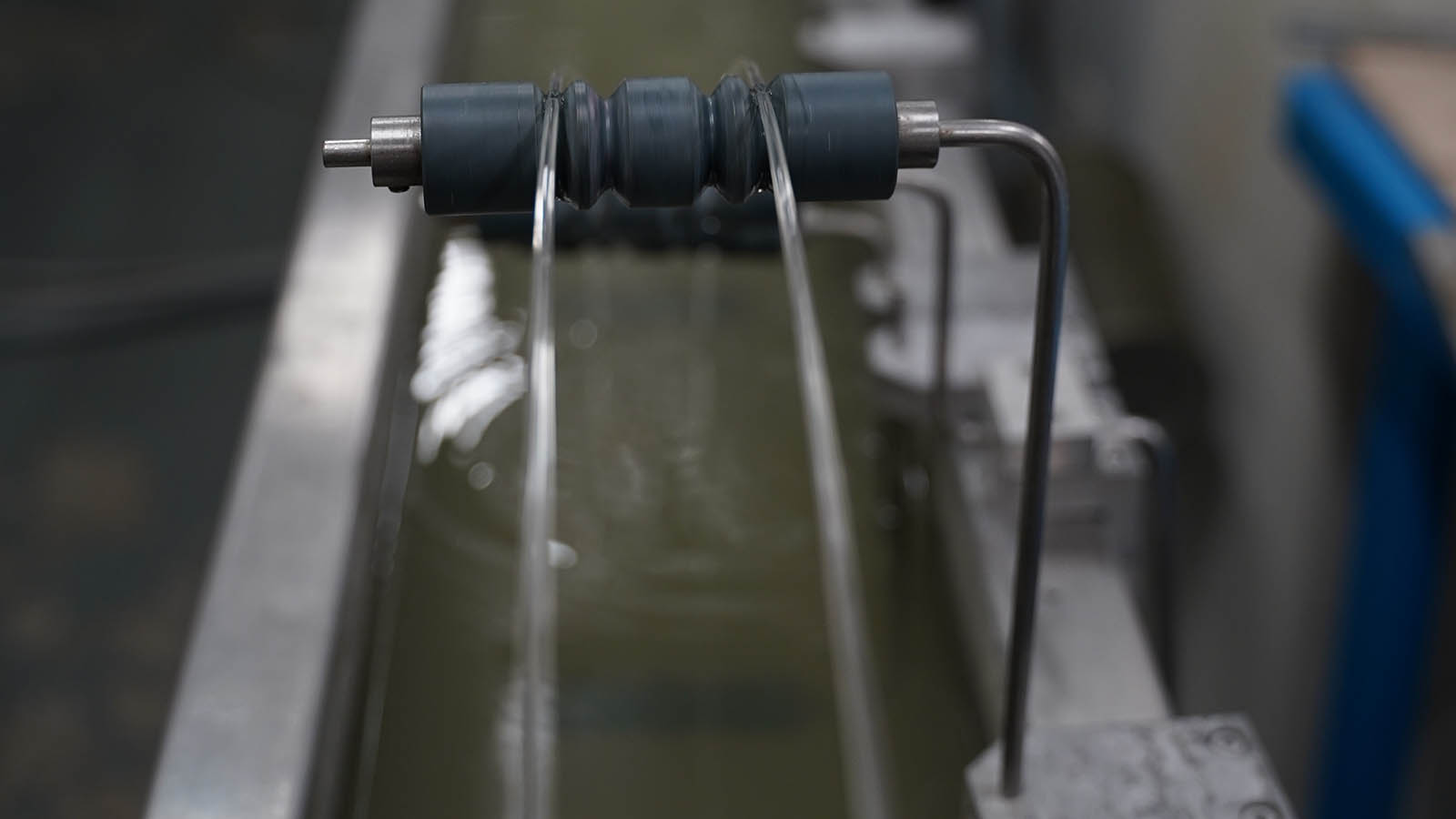NANORIGO: Establishing a NANOtechnology RIsk Governance Framework

The European project NANORIGO (2019-2023), of the acronym in English Nanotechnology Risk Governance Framework, aims to respond to the need to establish a robust, transparent and scientific knowledge-based decision-making framework for risk management in the field of nanotechnology.
Context
Nanotechnology requires a more holistic governance approach to risk assessment, management and regulation that is based on solid science and clear criteria, and is transparent, interdisciplinary and coordinated. A new multi-stakeholder risk governance framework is needed to provide the data, tools and guidance to adequately match the complexity associated with nanotechnology, and particular stakeholder needs, interests and perceptions. Considering this, one of the main challenges of risk governance today is to make sure that appropriate assessment methodologies are developed and used in an integrated, sustainable and multidisciplinary way.
Risk governance must be rooted in a clear understanding of risk, in that complex risks may be best addressed by accessing and acting on the best available scientific expertise, while uncertain risks are better managed by using a pre-cautionary approach. Uncertain risks require a new ‘dialogue-based’ regulatory strategy to create tolerance and mutual understanding of conflicting views and the balanced integration and use of all available data and knowledge on nanomaterials safety, risks and benefits.
Summary and objectives
The main goal of NANORIGO (NANOtechnology RIsk GOvernance) is to develop and implement a transparent, transdisciplinary and active Risk Governance Framework (RGF) for manufactured nanomaterials (NM) and nano-enabled products (NEP), which can be embedded in European regulation and legislation, based on scientific high-quality data and tools, communication and interaction with all stakeholders.
The Risk Governance Framework will be developed through engagement with stakeholders across research, industry, regulation and civil society, and will be based on high-quality scientific data and tools for the physicochemical characterization of nanomaterials, and the assessment of exposure, hazard and risk for humans and the environment.
The focus of the NANORIGO project is on risk governance for nanomaterials already on the market, and in particular later stages in the life-cycle of products containing nanomaterials, where the characteristics of released materials can vary significantly from pristine NM, and where additional risks may arise due to exposure to multiple materials within a single product.
All relevant stakeholders are represented in the project -which is composed of 29 partners- including the manufacturing and insurance industry, private, public and international risk assessors, academia, and civil society. The consortium has the capacity to provide and transfer the necessary high-quality data, and to develop and transfer existing tools for risk governance from lab-scale testing and validation (TRL4) to industrially relevant environments (TRL6).
The expected results of NANORIGO project (NANOtechnology RIsk GOvernance) are the following:
• A transparent, self-sustained and science-based Risk Governance Council.
• Transparent Risk Governance Framework (RGF) tools for managing possible nanotechnologies risks.
• Availability of high quality data for decision making.
• Consistency of approaches in all EU Member States and internationally.
The NANORIGO consortium will work closely with the two other projects funded under the NMBP-13-2018 call: RiskGONE (https://riskgone.eu/) and Gov4Nano (https://www.gov4nano.eu/), to ensure a sustainable and equitable RGF and NRGC is developed for all.
Consortium
29 partners from 14 European countries:
1. Aarhus University (Denmark) – Project Coordinator
2. Environmental Assessments (Germany)
3. Ecole Polytechnique Fédérale de Lausanne (Switzerland)
4. Tyoterveyslaitos (Finland)
5. Eidgenössischer Materialprüfungs- und forschungsanstalt (Switzerland)
6. Bundesanstalt für Materialforschung und –prüfung (Germany)
7. Instituto Tecnológico del Embalaje, Transporte y Logística, ITENE (Spain)
8. Fraunhofer Society; Institute for Molecular Biology & Applied Ecology (Germany)
9. Helmholtz-Centre for Environmental Research (Germany)
10. National Technical University of Athens (Greece)
11. Paris-Lodron-Universität Salzburg (Austria)
12. University of Bremen (Germany)
13. Universität für Bodenkultur Wien (Austria)
14. University of Aveiro (Portugal)
15. Univerza v Ljubljani (Slovenia)
16. Transgero Ltd. (Ireland)
17. Onderzoek en Adviesgroep Questions (Netherlands)
18. Answers and More BV: Bureau KLB’ (Netherlands)
19. De Proeffabriek – Schuurbiers Daniel (Netherlands)
20. Engineering, Technical & Scientific Services (Switzerland)
21. Society for Chemical Engineering and Biotechnology e.V – DECHEMA’ (Germany)
22. Optimat Ltd (United Kingdom)
23. Sociedade Portuguesa de Inovação (Portugal)
24. Fundación Gaiker (Spain)
25. Grupo Antolin Ingeniería (Spain)
26. ‘Oeko-Institut e.V. Institute for Applied Ecology (Germany)
27. European Environmental Citizen Organisations for Standardisation – ECOS (Belgium)
28. Quercus ANCN (Portugal)
29. Women Engage for a Common Future France – WECF (France).
ITENE’s role
The NANORIGO project is organized in 8 work packages. The role of ITENE within this project is structured in three different working groups.
These tasks include the integration of the key elements for the definition of the Risk Management Governance Framework, the implementation of mechanisms for monitoring progress in decision-making in the sectors of interest in the field of nanotechnology and the demonstration of validity of the framework developed for risk management through case studies.
Results
For four years, NANORIGO has been working on the development of transdisciplinary tools and methodologies encompassed in a Nanotechnology Risk Governance Framework (NRGF) to guide and guide decision-making within its value chain for the safe and sustainable management and use of advanced materials such as ENMs (Engineered Nanomaterials).
The work developed has thus aligned with the recent evolution of several EU strategies, including the Chemicals Sustainability Strategy (CSS), launched in 2020, and the European Partnership for Risk Assessment of Chemicals (PARC), launched in 2022. It has also contributed to the “Safety and Sustainability by Design” (SSbD) principles, announced within the CSS, to foster the implementation of the European Green Pact (launched in 2019).
The transdisciplinary framework, created in NANORIGO, provides tools to address social, political, economic, technological, legal and environmental issues important for the governance of risks associated with nanomaterials.
The work developed in the project has been carried out in collaboration with other projects within the NMBP-13 call (Risk Governance of Nanotechnolgoy), Gov4Nano and RiskGone, with which efforts have been aligned with the aim of compiling, in a common portal, all the information, tools and methodologies generated: https://nanoriskgov.eu/.
Specifically, ITENE’s role within NANORIGO has consisted, on the one hand, in the creation of the web platform that gathers the developments generated (databases, risk assessment and management methodologies, tools for the consideration of social, economic and environmental aspects, communication channels, predictive models and regulatory information), serving as a repository and guide for decision making for companies, regulatory authorities or risk assessors.
On the other hand, it has coordinated the case study on Risk Management, in order to validate the applicability of the Governance Framework (NRGF), contributing its experience and knowledge in the field of risk assessment and management associated with occupational exposure to nanomaterials.
